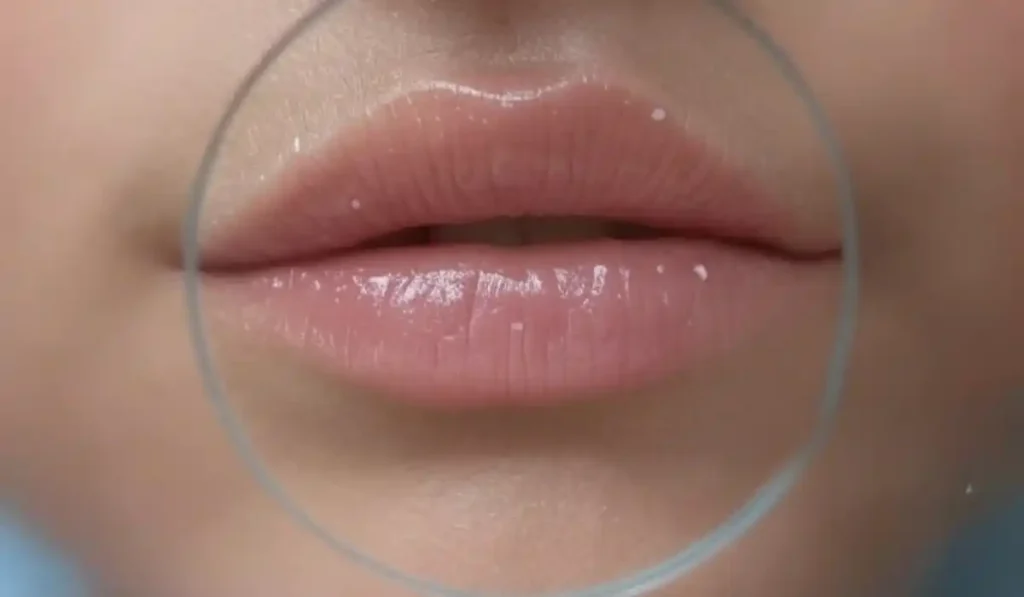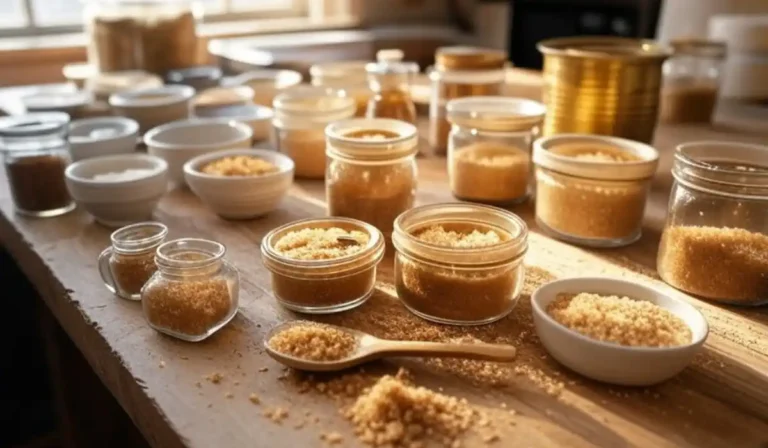White marks on lips can be an unexpected and sometimes unsettling discovery. Whether you noticed them while applying lip balm or catching a glimpse in the mirror, these small spots can spark curiosity or concern. Are they harmless, or do they signal something more serious? In this comprehensive guide, we’ll explore everything you need to know about white marks on lips—what causes them, how to treat them, and when to seek medical advice. Let’s dive into the details and demystify this common yet often misunderstood condition.
Table of Contents
What Are White Marks on Lips?
White marks on lips refer to small, pale, or white-colored spots, bumps, or patches that appear on or around the lips. These marks can vary in size, texture, and number, ranging from tiny dots to larger, more noticeable lesions. While they’re often benign and painless, their appearance can sometimes cause self-consciousness or worry, especially if they persist or change over time.
The lips are a sensitive area of the body, prone to various conditions due to their exposure to the elements, frequent use, and delicate skin. White marks can stem from a range of causes—some as simple as natural skin variations, others tied to infections or health issues. Understanding the root cause is key to determining the right approach, whether it’s a quick home remedy or a visit to a healthcare professional.
Common Causes of White Marks on Lips
White marks on lips can arise from several factors. Here’s a breakdown of the most common culprits:
1. Fordyce Spots
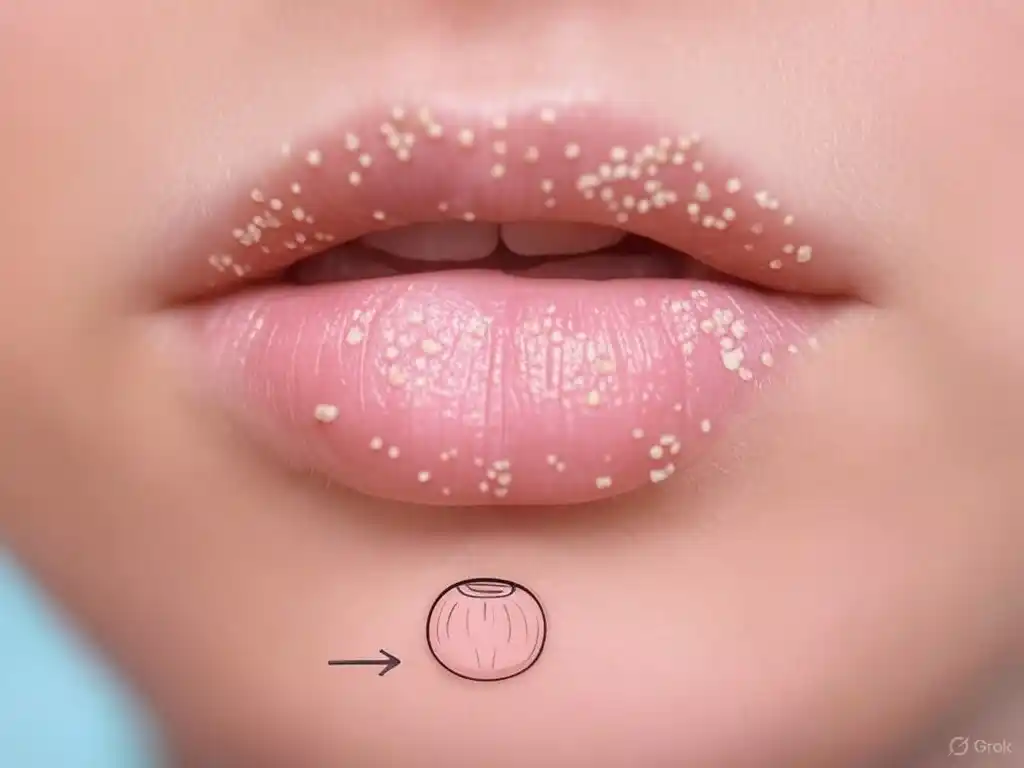
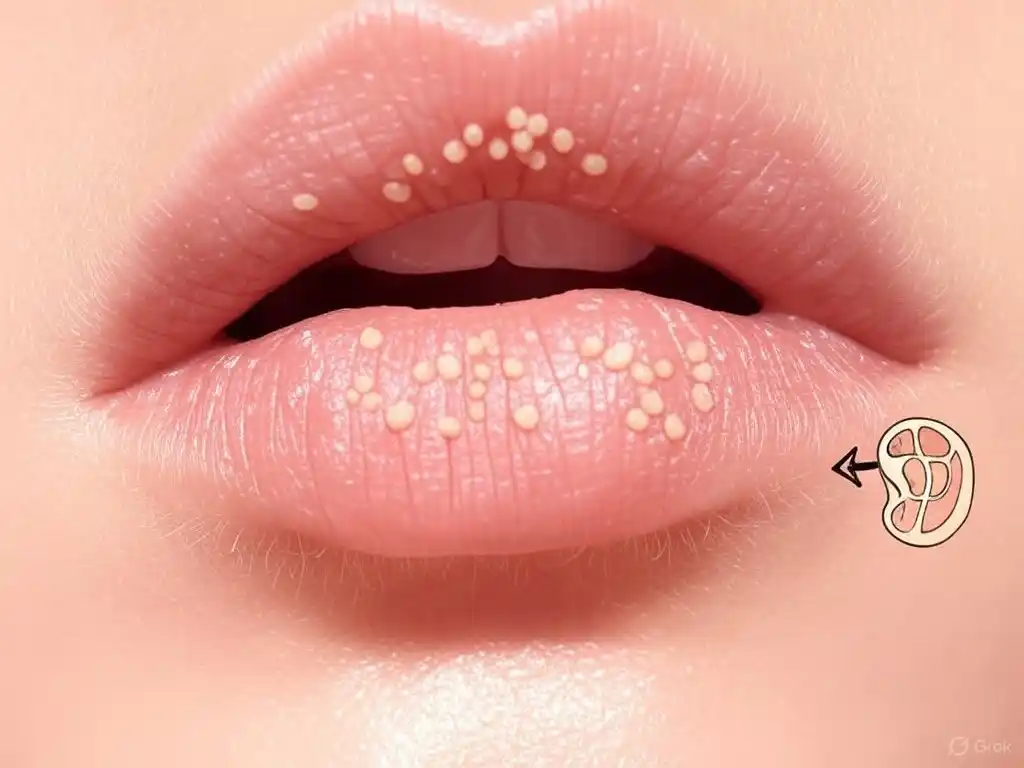
Fordyce spots are one of the most frequent reasons for white marks on lips. These are small, painless, white or yellowish bumps caused by enlarged sebaceous (oil-producing) glands. Unlike typical sebaceous glands associated with hair follicles, Fordyce spots appear in areas without hair, such as the lips or inner cheeks. They’re completely harmless and affect up to 70-80% of adults, often becoming more noticeable during puberty or with age.
- Appearance: Tiny (1-2 mm), pale, or yellowish-white dots, often in clusters.
- Symptoms: Usually asymptomatic—no pain or itching.
- Cause: Natural overactivity of sebaceous glands.
2. Milia
Milia are small, white cysts that form when keratin (a skin protein) gets trapped beneath the skin’s surface. While they’re more common on the cheeks or around the eyes, they can also appear on the lips. Milia are harmless and often resolve on their own, though they may be more persistent in adults than in babies.
- Appearance: Small, hard, white bumps resembling pearls.
- Symptoms: No pain or discomfort.
- Cause: Dead skin cells trapped under the skin, sometimes linked to heavy skincare products.
3. Oral Herpes (Cold Sores)
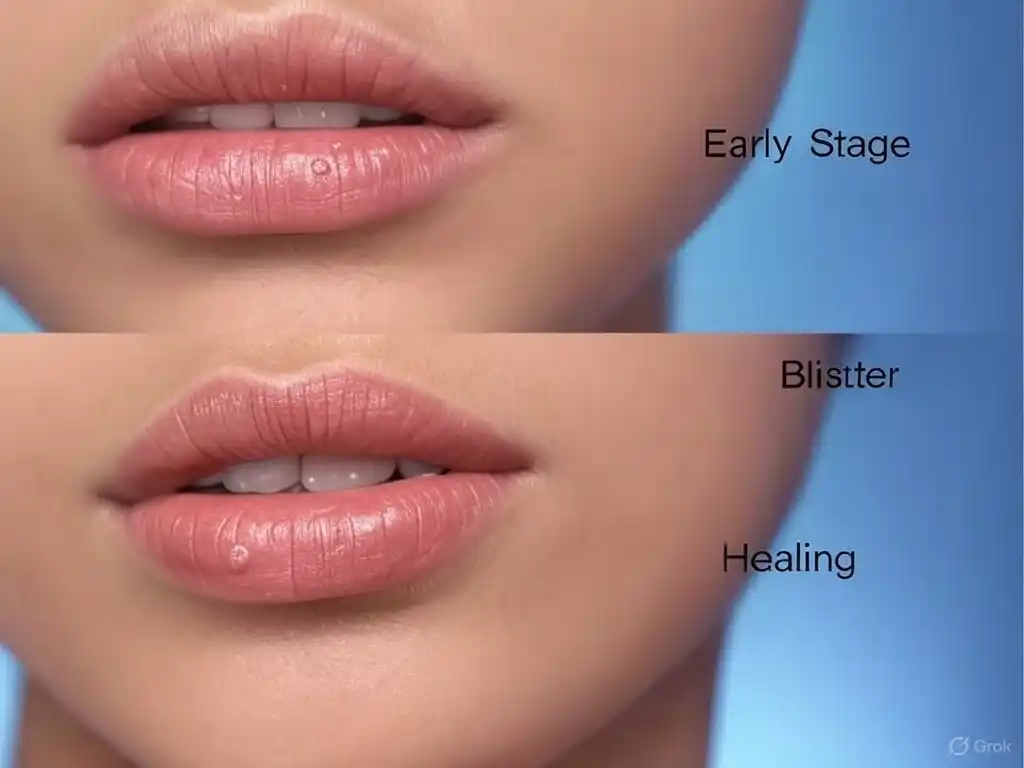
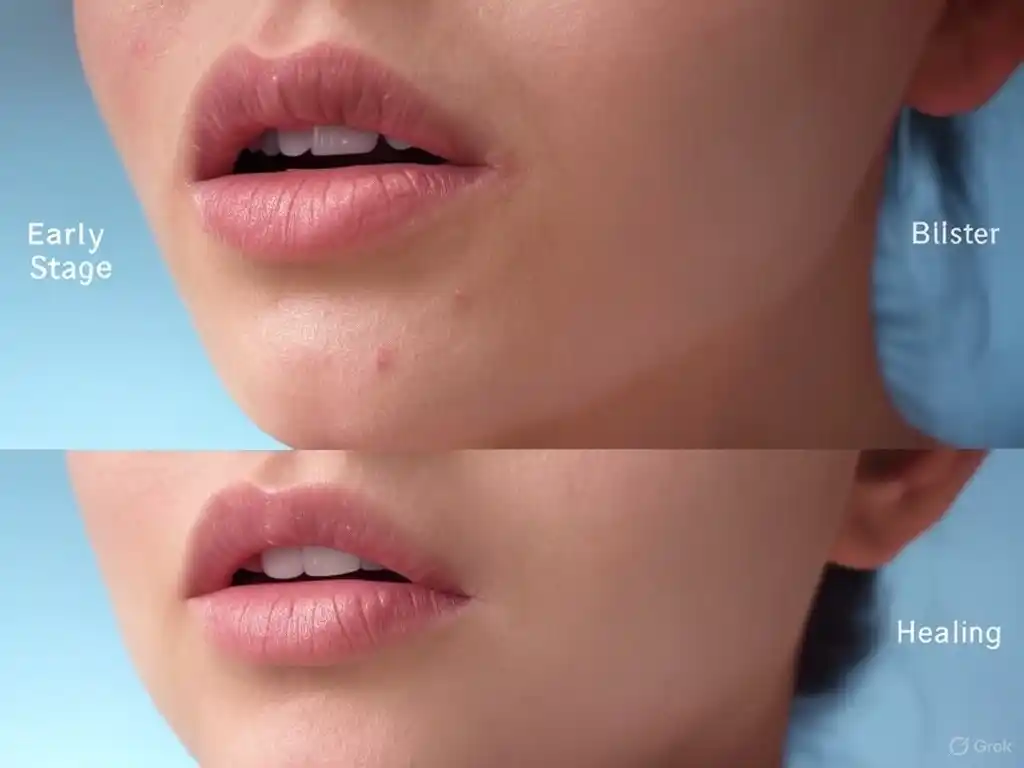
The herpes simplex virus (HSV-1) can cause white marks on lips that evolve into cold sores. These start as small, fluid-filled bumps that may appear white before blistering, scabbing, and crusting over. Oral herpes is contagious and often triggered by stress, illness, or sun exposure.
- Appearance: Small, white or fluid-filled bumps that turn into sores.
- Symptoms: Tingling, burning, or pain before sores appear.
- Cause: HSV-1 infection, spread through contact.
4. Oral Thrush
Oral thrush, caused by an overgrowth of Candida albicans fungus, can lead to white marks or patches on the lips, tongue, or inside the mouth. This condition is more common in people with weakened immune systems, such as infants, the elderly, or those on certain medications.
- Appearance: Creamy white patches or bumps, sometimes with redness.
- Symptoms: Discomfort or soreness, especially when eating.
- Cause: Fungal overgrowth, often linked to antibiotics or immune suppression.
5. Leukoplakia
Leukoplakia involves thick, white patches on the lips or inside the mouth, often caused by chronic irritation from tobacco use, alcohol, or rough teeth. While usually benign, leukoplakia can sometimes be a precancerous condition, making it worth monitoring.
- Appearance: White, flat, or slightly raised patches.
- Symptoms: Typically painless but persistent.
- Cause: Irritation or inflammation over time.
6. Oral Cancer
In rare cases, white marks on lips could signal oral cancer. These marks may start as painless white bumps or patches that later bleed, ulcerate, or grow. Risk factors include smoking, excessive alcohol use, and HPV infection.
- Appearance: White bumps or sores that don’t heal.
- Symptoms: May become painful or bleed over time.
- Cause: Malignant cell growth in the mouth or lips.
7. Other Causes
Less common causes include allergic reactions (e.g., to lip products), mucoceles (mucus-filled cysts from lip injury), or simply genetic variations in skin pigmentation. Each presents uniquely, so context—like accompanying symptoms—matters.
Symptoms to Watch For
Most white marks on lips are harmless and asymptomatic, but certain signs can indicate a need for closer attention:
- Pain or discomfort: Suggests infection (e.g., herpes) or irritation.
- Bleeding or ulceration: Could point to oral cancer or severe irritation.
- Persistence: Marks lasting more than two weeks warrant a check.
- Spreading or changing: Growth or transformation may signal a problem.
- Accompanying symptoms: Fever, swollen lymph nodes, or difficulty swallowing could indicate an underlying condition.
If you notice these red flags, it’s wise to consult a doctor or dermatologist for peace of mind.
Diagnosis: How to Identify the Cause
Pinpointing the cause of white marks on lips often starts with self-observation. Are they painful? Do they come and go? However, for an accurate diagnosis, a healthcare professional may:
- Take a Medical History: Ask about symptoms, lifestyle (e.g., smoking), and recent changes (e.g., new lip products).
- Perform a Physical Exam: Inspect the lips, mouth, and nearby lymph nodes.
- Swab or Culture: Test for bacteria, viruses, or fungi if infection is suspected.
- Biopsy: Remove a small tissue sample if cancer is a concern.
For example, Fordyce spots and milia are usually diagnosed by appearance alone, while oral thrush might require a swab to confirm Candida. Early diagnosis is key, especially for serious conditions like oral cancer.
Treatment Options for White Marks on Lips
The treatment depends on the cause. Here’s how to address each:
Fordyce Spots
- Treatment: Rarely needed; they’re harmless. For cosmetic removal, options include laser therapy, micro-punch surgery, or topical retinoids (prescribed by a dermatologist).
- Home Care: None required—avoid picking or squeezing to prevent irritation.
Milia
- Treatment: Often resolves naturally. A dermatologist can extract them with a sterile needle or prescribe retinoids to speed up turnover of skin cells.
- Home Care: Gentle exfoliation (with doctor approval) may help, but don’t pop them yourself.
Oral Herpes
- Treatment: Antiviral medications (e.g., acyclovir) can shorten outbreaks, though there’s no cure for HSV-1.
- Home Care: Apply over-the-counter creams like docosanol (Abreva), use cold compresses, and avoid triggers like stress.
Oral Thrush
- Treatment: Antifungal medications (e.g., nystatin mouthwash or fluconazole pills) clear the infection.
- Home Care: Rinse with saltwater, maintain oral hygiene, and eat unsweetened yogurt to balance oral flora.
Leukoplakia
- Treatment: Remove the irritant (e.g., quit smoking). Persistent cases may need surgical removal or monitoring via biopsy.
- Home Care: Avoid tobacco and alcohol; monitor for changes.
Oral Cancer
- Treatment: Surgery, radiation, or chemotherapy, depending on severity and spread.
- Home Care: Follow medical advice strictly—early intervention improves outcomes.
For minor or unclear cases, keeping lips moisturized with a hypoallergenic balm and avoiding irritants (e.g., spicy foods) can help.
Home Remedies to Try
While professional care is best for persistent or severe cases, these home remedies may ease mild white marks on lips:
- Honey: Apply raw honey for its antibacterial and soothing properties.
- Aloe Vera: Dab fresh gel to reduce inflammation and hydrate.
- Saltwater Rinse: Mix ½ teaspoon salt in warm water and swish to cleanse the mouth.
- Coconut Oil: Moisturize lips to prevent dryness and cracking.
- Avoid Irritants: Skip harsh lip products or acidic foods temporarily.
Always test remedies on a small area first and consult a doctor if symptoms worsen.
Prevention Tips for White Marks on Lips
Preventing white marks on lips involves good habits and awareness:
- Maintain Oral Hygiene: Brush and floss daily to reduce infection risk.
- Stay Hydrated: Drink plenty of water to keep lips and skin healthy.
- Use Sun Protection: Apply SPF lip balm to shield against UV damage.
- Avoid Allergens: Test new lip products and avoid known triggers.
- Quit Smoking: Reduces irritation and cancer risk.
- Manage Stress: Stress can trigger herpes outbreaks—try relaxation techniques.
A proactive approach keeps your lips smooth and mark-free.
When to See a Doctor
Most white marks on lips are benign, but seek medical advice if:
- Marks persist beyond two weeks.
- They’re painful, bleeding, or growing.
- You notice additional symptoms like fever or swelling.
- You have risk factors like smoking or a history of cancer.
A quick visit can rule out serious issues and provide tailored treatment.
Living with White Marks on Lips
For harmless conditions like Fordyce spots or milia, white marks may simply be part of your natural skin. Embracing them can boost confidence—many people have them without noticing! If they bother you cosmetically, dermatological treatments offer solutions. For manageable conditions like herpes or thrush, treatment and prevention can minimize recurrences.
Final Thoughts
White marks on lips are often nothing to worry about, ranging from natural Fordyce spots to temporary milia. However, understanding their cause—whether benign or linked to infections like herpes or thrush—empowers you to take action. With proper care, most resolve on their own or with minimal intervention. If in doubt, a healthcare professional can guide you. Keep your lips healthy, stay informed, and smile confidently!
Read More
Plant-Based Diet Benefits: Transform Your Health in 30 Days
Glowing Skin Secrets 2025: Discover the Benefits of Drinking Green Tea for Skin

